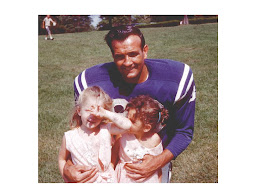 |
| Wroclaw Flower Market |
From Tyczyn, the drive on to Wroclaw was long and arduous. Despite significant growth and modernization, the main road of southeast Poland remains just two lanes with multiple lights and intersections. As we approached the outskirts of Krakow, the road finally became highway and the pace picked up considerably. As late afternoon arrived, we finally left the main road and navigated the usual bedlam of the old city. Our hotel (Art Hotel), was just a 1/2 block from the Rynek where we headed once we had dropped our luggage and parked the car (no small feat in a teeny, underground lot). Unlike most of our prior stops, Wroclaw-while enormously historic-had no specific, personal poignancy. The city is the main city of Lower Silesia and is situated on 12 islands in the Oder River. The city was part of Germany for much of its history (known as Breslau) accounting for architecture distinct from much of nearby Poland. After WWII, the city was re-inhabited by Poles, many displaced from eastern Poland which had become part of Ukraine. During the 1980s, Wroclaw was central in ousting Communist rule from Poland, orange graffiti gnomes were both secret communication and symbol of the revolution. Today, small, nearly hidden gnome sculptures dot the streets in tribute to this past.
 |
| Wroclaw Gnome-symbol of resistance |
Adjacent to the main square is Plac Solny (originally where salt was traded) which has become a colorful flower market surrounding a stunning fountain. From there we wandered through the old city, across many bridges and through the streets of the historic university. Some of the joy of the city was turning a corner and encountering an unusual piece of local art.
 |
| Wroclaw Civic Art |
It was restorative to have a few hours to just wander and not concentrate on family or Holocaust history and the streets of Wroclaw were a perfect balm. To rest our feet, we stopped at an outdoor cafe and sipped cool, local vodka and beer while watching the locals stroll by.
 |
| Wroclaw's amazing Rynek |
After dinner, we couldn't resist the opportunity to return to the Rynek and we weren't disappointed. The soft glow of the lights only highlighted the unique architecture and the brilliant fountain. Some call this the Venice of Silesia...I can't really comment as I have not yet seen Venice (stay tuned as I am scheduled there in mid-November) but I can say that it seems a lively, vibrant, modern city steeped in history, science, education, and architecture. A welcome respite. The next day we would head back into Germany, following in my grandmother's footsteps.
 |
| Wroclaw Rynek at night |














